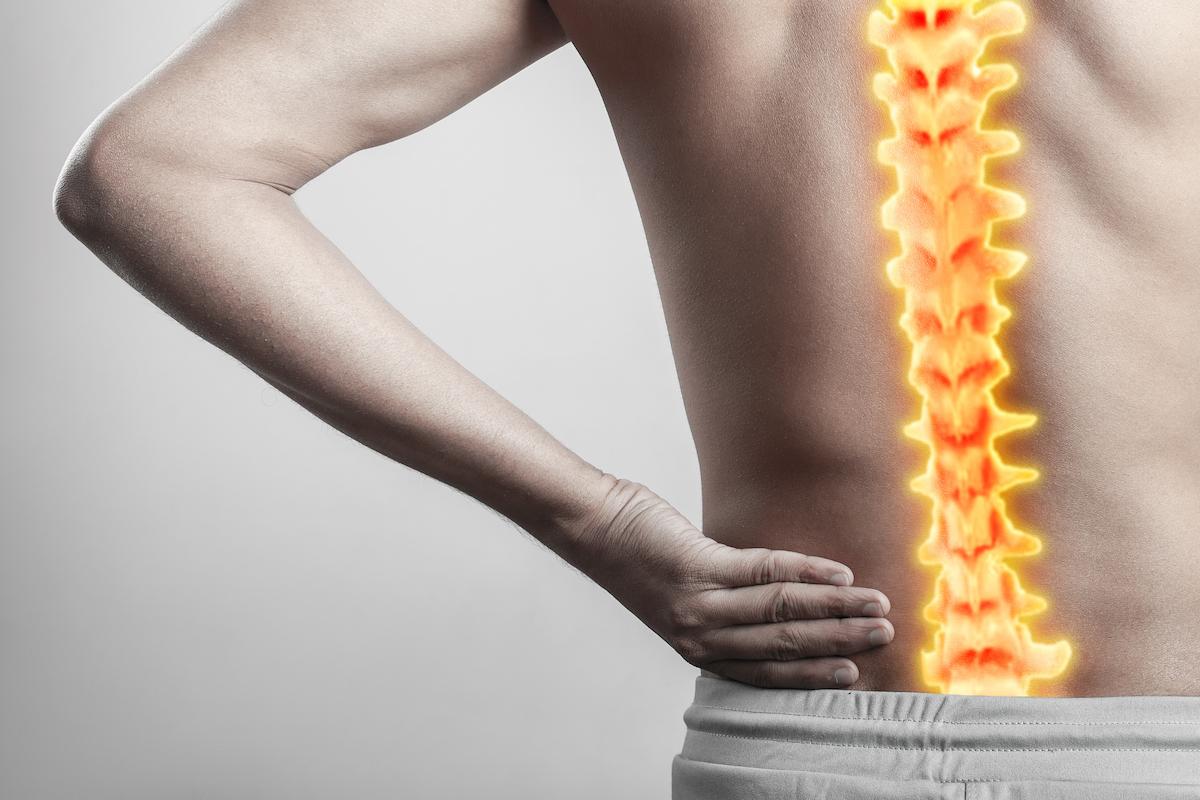Dealing with jumper’s knee, or patellar tendinitis, can be frustrating, especially when you’re trying to figure out how to fix it. This condition is caused by overuse of the patellar tendon, which connects your kneecap to your shinbone, and is common among athletes who put repetitive stress on their knees through activities like jumping, running, or quick directional changes. But it’s not just athletes—it can affect anyone whose knees are under constant pressure. Fixing jumper’s knee isn’t an overnight process, but with the right approach, you can get back on track.
The first step in addressing jumper’s knee is to understand what’s causing the problem in the first place: the patellar tendon becomes irritated and inflamed from overuse, especially when it’s subjected to repetitive jumping or high-impact activity. The key to fixing jumper’s knee is taking time off from the activities that caused the problem. Continuing to push through the pain is a sure way to make it worse. Rest is critical for allowing the tendon to heal, so cutting back on strenuous movements and giving your knee some time to recover is the foundation of your recovery plan.
While rest is essential, complete inactivity isn’t the solution either. It’s important to focus on strengthening the muscles around the knee to provide better support and relieve pressure from the patellar tendon. Eccentric exercises, where the muscle lengthens as it contracts, are particularly helpful for rehabilitating jumper’s knee. For example, doing slow and controlled squats where the focus is on the lowering phase can help rebuild strength in the quadriceps without overloading the knee. It’s these types of exercises that gradually strengthen the tendon and promote healing without causing further damage.
Stretching is also a critical component in fixing jumper’s knee. Tight muscles around the knee, particularly in the quadriceps and hamstrings, can contribute to the stress placed on the patellar tendon. Regularly stretching these muscles can improve flexibility and reduce tension, making recovery smoother. A consistent stretching routine, paired with strengthening exercises, creates a balanced approach to fixing jumper’s knee by targeting both the cause and the symptoms.
Icing the knee is a simple and effective way to manage the inflammation that comes with jumper’s knee. After activity, applying ice to the knee for 15-20 minutes helps reduce swelling and alleviate pain. This isn’t a cure, but it’s an important part of the process because it helps keep the inflammation in check, allowing your body to focus on healing the damaged tendon.
In addition to icing, using a knee brace or patellar strap can provide the support needed to keep the pressure off the tendon during everyday activities or even when transitioning back into light exercise. A brace stabilizes the knee, while a strap can help distribute pressure more evenly across the tendon, preventing further irritation. These supports don’t fix jumper’s knee on their own, but they can help prevent additional strain while you’re working on the root causes.
If the pain persists despite these methods, physical therapy might be necessary. A physical therapist can design a personalized rehab program that targets your specific needs and ensures you’re doing the right exercises to fix the issue. They can also help with manual therapies, such as massage or ultrasound therapy, that promote healing in the tendon and reduce stiffness.
For more persistent cases, Platelet-Rich Plasma (PRP) injections have become a popular option. PRP uses your own blood to concentrate platelets, which are then injected into the injured tendon to accelerate healing. Though this treatment isn’t for everyone, it can be effective for those who have tried conservative treatments without much improvement.
Fixing jumper’s knee is a process that requires time and patience. The key is to balance rest and rehabilitation, avoiding the temptation to jump back into activities too soon. Giving your body the space to heal, while incorporating strength and flexibility work, is essential for long-term recovery. Consistency is important, and though it may take weeks or even months, staying committed to a smart recovery plan is the most reliable way to fix jumper’s knee and prevent it from coming back.





